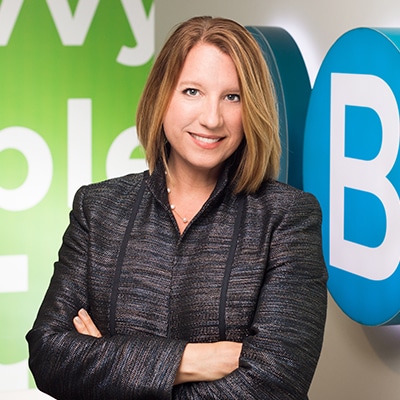Article written by:
Rebekah Smith, CPA, CFF, CVA, MAFF
Director of Forensic & Dispute Advisory Services
On Thursday, April 9, 2020, the Federal Reserve took additional action to provide up to a $2.3 trillion injection into the economy through a variety of loan programs. “Our country’s highest priority must be to address this public health crisis, providing care for the ill and limiting the further spread of the virus,” said Federal Reserve Board Chair Jerome H. Powell. “The Fed’s role is to provide as much relief and stability as we can during this period of constrained economic activity, and our actions today will help ensure that the eventual recovery is as vigorous as possible.”
Lending Programs
A press release issued by the Federal Reserve indicated that the program will:
- Bolster the effectiveness of the Small Business Administration’s Paycheck Protection Program (PPP) by supplying liquidity to participating financial institutions through term financing backed by PPP loans to small businesses;
- Ensure credit flows to small and mid-sized businesses with the purchase of up to $600 billion in loans through the Main Street Lending Program;
- Increase the flow of credit to households and businesses through capital markets by expanding the size and scope of the Primary and Secondary Market Corporate Credit Facilities (PMCCF and SMCCF), as well as the Term Asset-Backed Securities Loan Facility (TALF). These three programs will support up to $850 billion in credit backed by $85 billion in credit protection provided by the Treasury; and
- Help state and local governments manage cash flow stress caused by the coronavirus pandemic by establishing a Municipal Liquidity Facility that will offer up to $500 billion in lending to states and municipalities. The Treasury will provide $35 billion of credit protection to the Federal Reserve for the Municipal Liquidity Facility using funds appropriated by the CARES Act.
Main Street Lending Program
The Main Street Lending Program will enhance support for small and mid-sized businesses that were in good financial standing before the crisis. The highlights of the facility as published by the Federal Reserve term sheet include:
- Eligible companies must be a business that is created or organized in the United States, with significant operations and a majority of its employees in the US, and must have fewer than 10,000 workers or revenue of less than $2.5 billion. Companies who have already taken SBA PPP loans are eligible;
- Loan terms have a 4-year maturity with an interest rate equal to the Fed’s Secure Overnight Financing Rate, currently 0.01%, plus 250-400 basis points;
- Principal and interest can be deferred for one year;
- A minimum loan size of $1 million;
- A maximum loan size that is the lesser of (i) $150 million, (ii) 30% of the Eligible Borrower’s existing outstanding and committed but undrawn bank debt, or (iii) an amount that, when added to the Eligible Borrower’s existing outstanding and committed but undrawn debt, does not exceed six times the Eligible Borrower’s 2019 earnings before interest, taxes, depreciation, and amortization (“EBITDA”);
- Prepayment permitted without penalty; and
- Available through September 30, 2020, unless extended.
Businesses seeking Main Street loans must commit to making reasonable efforts to maintain payroll and retain workers, as well as abide by the restrictions imposed in the CARES Act regarding uses of funds and executive compensation limits. More information on the Main Street Lending Program can be found here (new loan facility) and here (expanded loan facility).
Next Steps
GBQ’s COVID-19 response team is digging in to understand these new programs and expanded funding. We look forward to working with our clients to navigate the various opportunities, and we will issue guidance and updates as the details are released.
